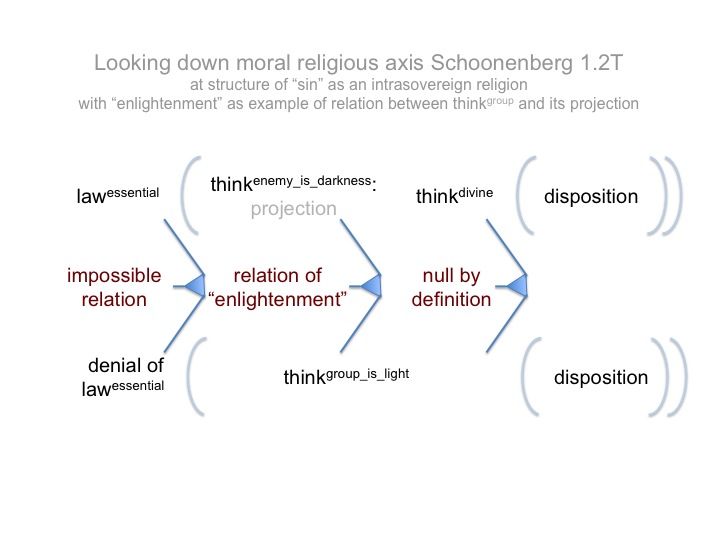Thoughts on Man and Sin by Piet Schoonenberg (1964) 1.2U
Summary of text [comment] pages 14 & 15
John 3:19-21 [ depicts the impossible relation between lawdenial and lawaccept].
Lawdenial3(transgression2(disposition1)) is “loving the darkness and hating the light”.
For example, imagine wealthy and powerful golden calves, who pay handsome sums to certified people of moral and religious grandeur, in order to properly perform the rituals of worship. They then go out and oppress the poor.
A golden calf might take offense to that image, saying, “Oppress the poor? No. These impure folk are condemned by God Himself for not properly performing the temple rituals. That is why they are poor.”]
Sin against God Himself is apparent in sins against one’s neighbors.

